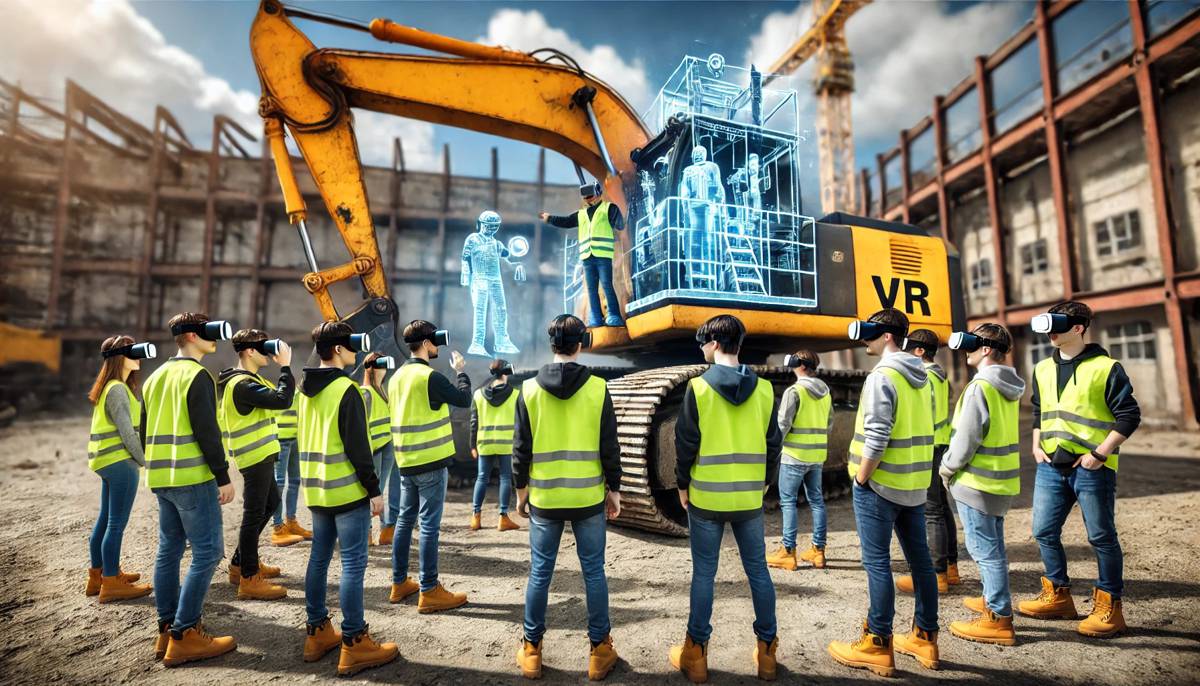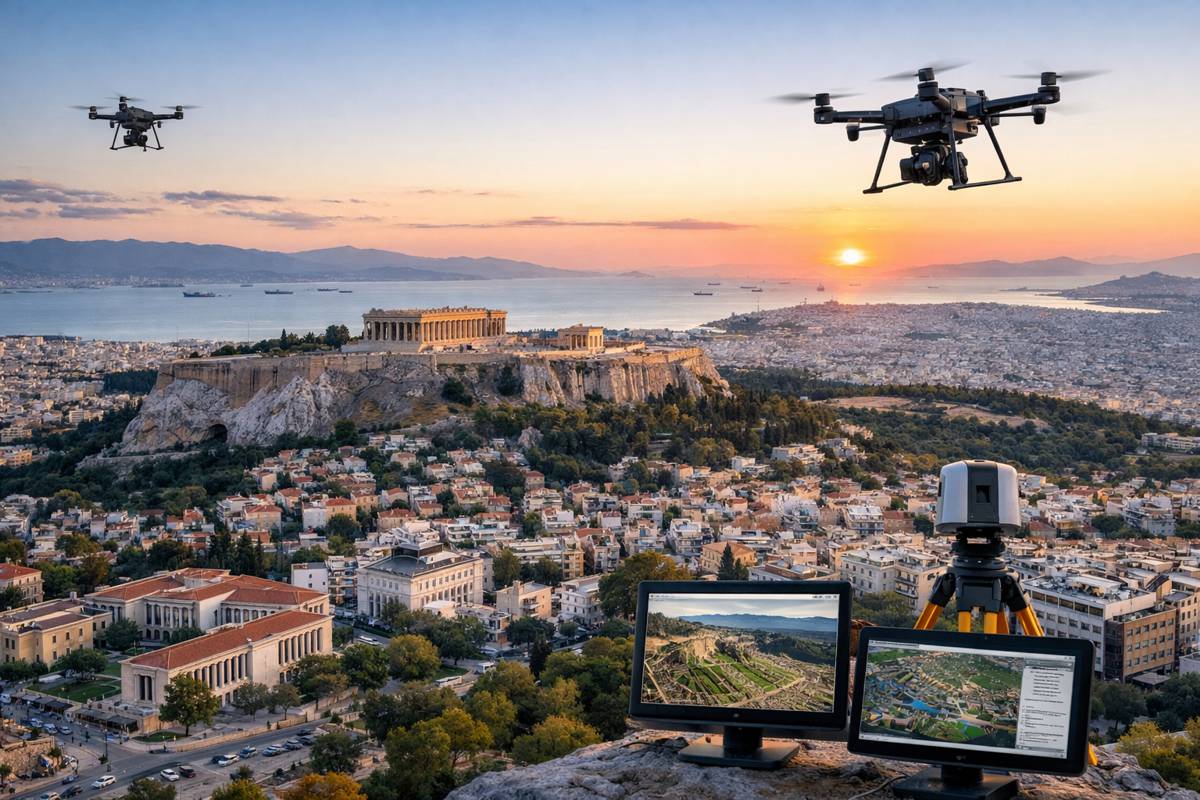Bridging the Engineering Skills Gap with Virtual Reality
In a world where technology continues to reshape how we live, work, and learn, virtual reality (VR) has emerged as a ground-breaking tool.
It’s not just revolutionising the gaming and entertainment industries, but also breaking new ground in education, particularly for international students studying engineering. At the forefront of this innovation is the University of South Australia (UniSA), which is harnessing the power of immersive VR to teach complex engineering concepts while improving English language proficiency for international students.
The Growing Need for Engineers in Australia
Australia is currently grappling with a significant shortage of engineers. The nation’s infrastructure projects are booming, but the supply of skilled engineers is simply not keeping up with demand. According to recent statistics, an alarming 63% of Australia’s engineering workforce is born overseas. This highlights the critical role that international students play in plugging the gaps in Australia’s workforce.
However, a major hurdle for many international students lies in their English language skills, particularly when it comes to mastering the technical jargon and complex terminologies that are fundamental in engineering. Words like “axial load bearings” and “ball screws” aren’t exactly part of everyday conversation, yet they’re essential for anyone entering the field. That’s where UniSA’s innovative approach comes into play.
How VR is Reshaping Language Learning in Engineering
UniSA researchers, led by PhD candidate Ada Yao, have developed immersive virtual reality (i-VR) modules that focus on engineering-specific language interventions. This cutting-edge technology places students in realistic, job-related scenarios where they can practise not only their engineering skills but also the specific English vocabulary needed in the profession. Wearing VR headsets and using controllers, students navigate through virtual environments that mimic real-life engineering tasks, from calculating tensile strength to understanding the mechanics of ball screws.
“Australia needs more engineers, but with only 6%-12% of secondary students choosing to study STEM subjects, supply cannot meet demand,” says Yao. “International students can play a crucial role in filling STEM gaps, but courses like engineering come with unique language challenges. Our i-VR modules help address this by providing a structured and supportive environment where students can learn technical English in context.”
Why Immersive Learning Matters
Traditional classroom learning has its limitations, especially when it comes to complex subjects like engineering. Theoretical concepts can be difficult to grasp without practical experience, and language barriers further complicate matters for international students. This is where immersive learning can make all the difference.
Through VR, students are no longer passive learners. They’re actively engaged, using their hands to manipulate virtual objects and solve real-world engineering problems. This interactive method helps to reinforce their understanding of technical terms and concepts, while simultaneously building their confidence in using English in a professional setting.
Moreover, VR allows students to learn at their own pace. Unlike a crowded lecture hall, where some may struggle to keep up, VR offers personalised learning experiences. Students can repeat scenarios as many times as necessary, ensuring that they fully understand the material before moving on.
Filling the STEM Gap: The Role of International Students
Australia’s reliance on skilled migrant engineers is set to increase in the coming years. In fact, engineering bodies are warning that the country will be short of 200,000 engineers by 2040. This shortage could threaten the successful delivery of critical infrastructure projects, impacting not only the construction industry but also the broader economy.
With domestic interest in STEM (Science, Technology, Engineering, and Maths) subjects dwindling, international students are more important than ever. But for these students to thrive, they need to overcome the language barrier that exists in technical fields like engineering.
“Through i-VR we’re able to better train and nurture international students within a structured and supportive environment – not only using plain English but also the technical and academic language used in that profession – so that we can build the engineering workforce for the future,” explains Yao.
This collaborative initiative with An De College in China is designed to support students throughout their academic journey, from before they even arrive in Australia, through to their transition and integration into local universities. The i-VR modules are tailored to different stages of the student experience, offering continuous support as they navigate the challenges of living and studying in a new country.
Expanding the Horizons of Virtual Reality in Education
While the current focus of the UniSA project is on engineering, the potential applications of i-VR in education are vast. The technology could easily be adapted to other fields and disciplines, from medicine to architecture, providing a platform for immersive learning that bridges the gap between theory and practice.
Yao believes that this innovative approach to education could transform the way we teach and learn in the future. “Learning and adopting a foreign language is a challenge in anyone’s book, but through effective communication and using platforms like i-VR, we can help international students elevate their English skills and help them succeed and excel in Australia.”
The ability to learn complex technical terms in a hands-on, engaging way has the potential to revolutionise not only language learning but also professional training. By embedding students in real-world scenarios, VR ensures that they are better prepared for the challenges they will face in their careers.
The Future of VR in Engineering Education
As Australia continues to face a critical engineering skills shortage, the integration of VR into education could be a game changer. Not only does it provide international students with the language skills they need to succeed, but it also equips them with practical, real-world experience that goes beyond traditional classroom learning.
The partnership between UniSA and An De College is just the beginning. As the technology develops and becomes more accessible, there’s every reason to believe that immersive learning will play an increasingly important role in education across the globe. Whether it’s in engineering or other technical fields, the combination of language learning and virtual reality offers a promising solution to some of the challenges facing today’s global workforce.
A Bright Future Ahead
By embracing innovative technologies like VR, universities can help bridge the gap between education and industry, ensuring that students are better prepared to meet the demands of their chosen careers. The UniSA project is a perfect example of how immersive learning can make a real difference, both for individual students and for the wider economy.
The future of engineering education looks bright, and with initiatives like i-VR, Australia is taking proactive steps to build a skilled, confident, and capable workforce that can tackle the infrastructure challenges of tomorrow.





















